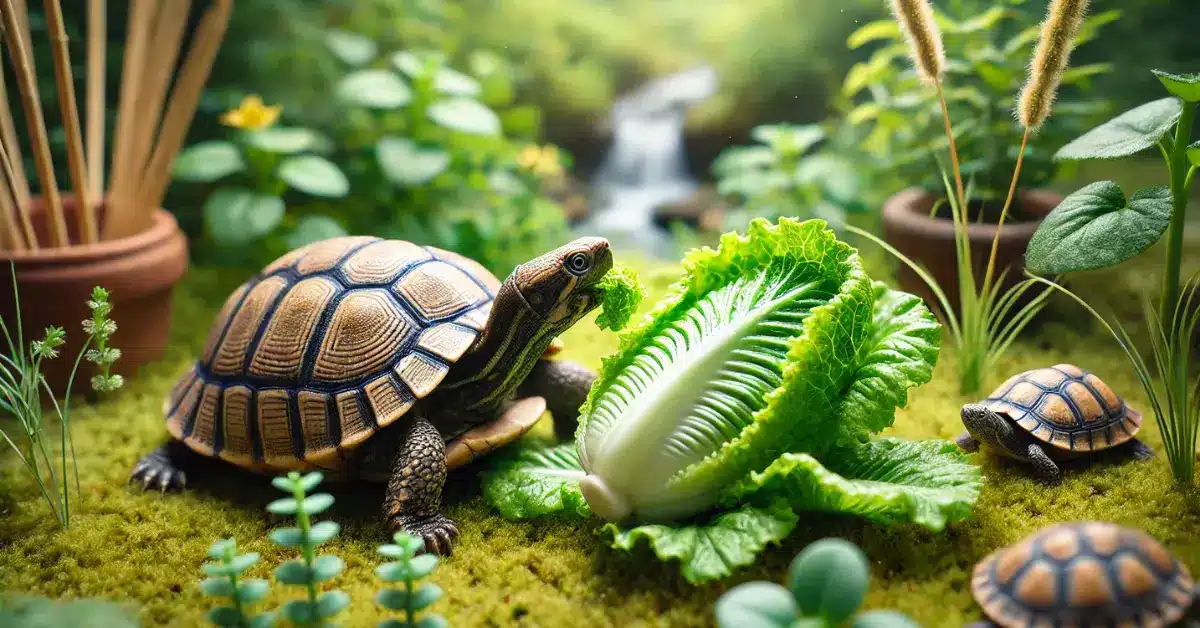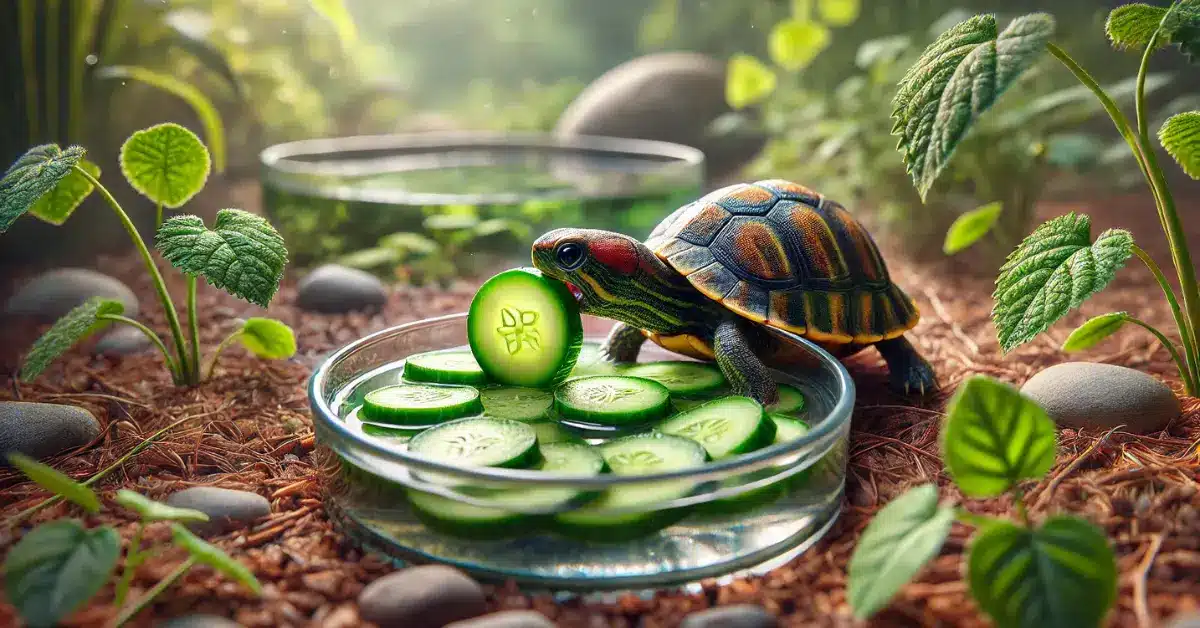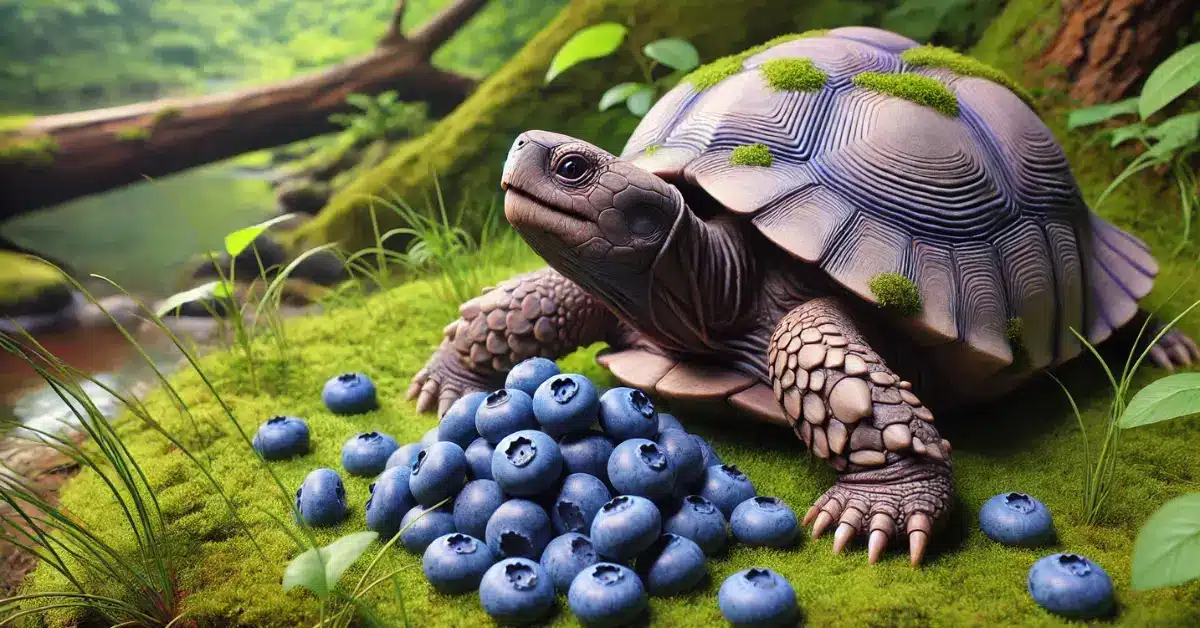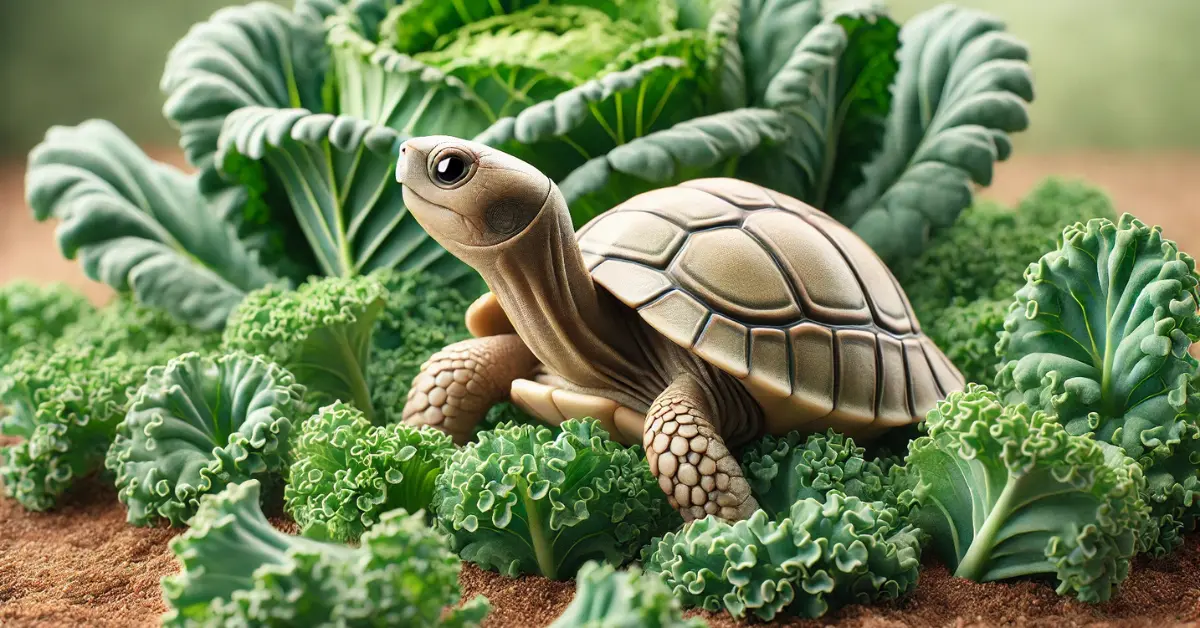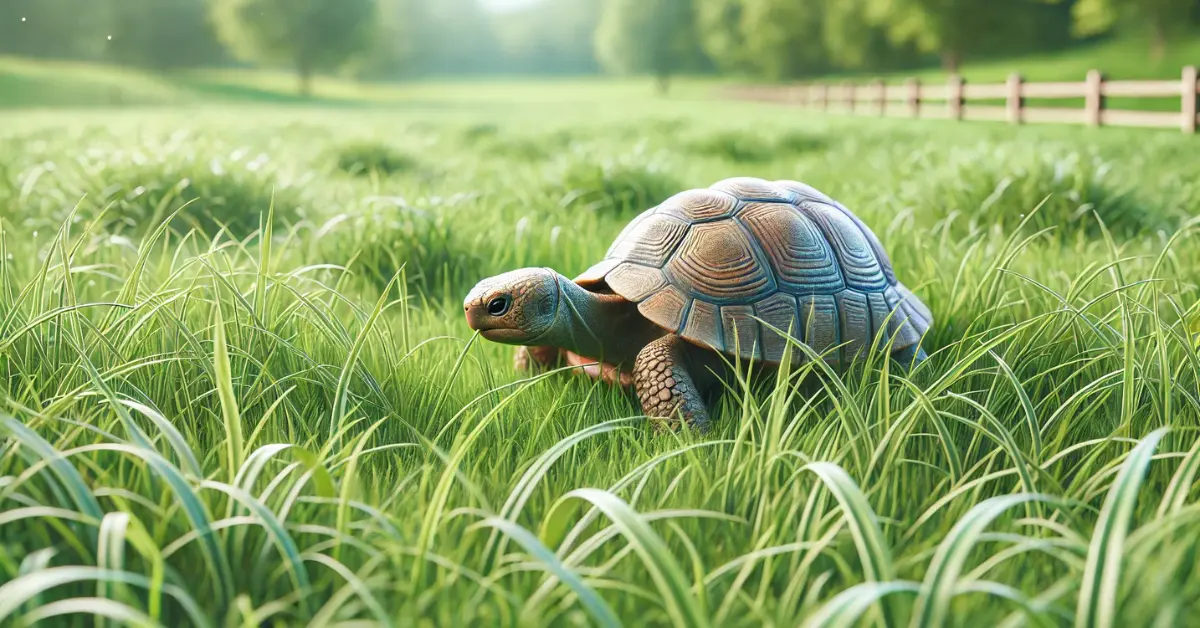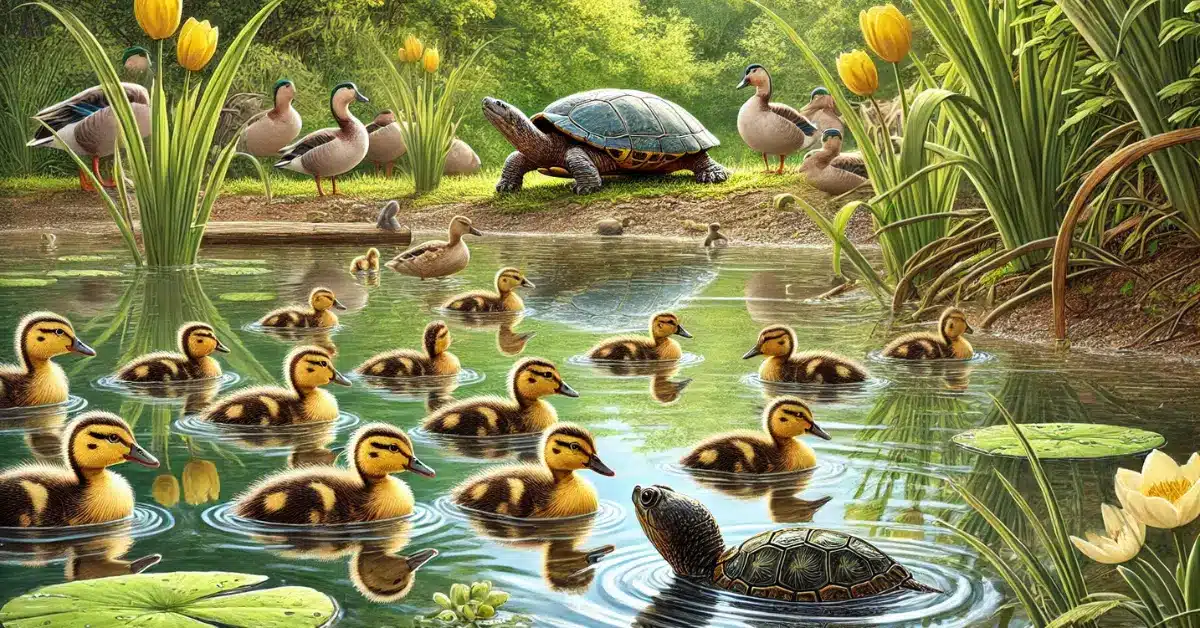Have you ever asked, do turtles eat algae? The answer is a big yes! Turtles enjoy munching on algae, and it plays a vital role in their diet. Not only do they love this green treat, but it also provides them with important nutrients. In this blog, we’ll explore how turtles eat algae and why it’s so important for their health and the ecosystem.
Table of Contents
ToggleHow Do Turtles Eat Algae?
Turtles are fascinating creatures, especially when it comes to their diet. One common question is, “Do turtles eat algae?” The answer is a resounding yes! Let’s dive into how turtles enjoy their green snacks.
Turtle Anatomy: Built for Algae Grazing
Turtles have unique bodies that help them munch on algae. Their mouths are designed like small beaks, which makes them perfect for scraping. This shape allows them to grab hold of the slippery algae that grow on rocks and surfaces in the water. Additionally, their strong jaws help them bite and chew effectively.
Their bodies are often streamlined, allowing them to move smoothly through the water. This helps them reach places where algae thrive, like shallow ponds and coral reefs. Turtles are equipped with excellent vision, enabling them to spot algae even in murky water.
Feeding Behaviors and Techniques
Turtles employ several feeding techniques to enjoy algae. Let’s explore these methods:
- Scraping: Many turtles scrape algae off rocks and plants. They use their beaks to get a good grip on the algae, making it easier to pull away from surfaces.
- Nibbling: Turtles also nibble on the edges of algae. This method allows them to consume small bits without uprooting large clumps. It’s a gentle approach that helps them enjoy their meal without wasting food.
- Foraging: Turtles actively search for algae during their feeding sessions. They swim around, exploring different areas to find the tastiest patches. This behavior not only satisfies their hunger but also encourages their natural instincts.
Turtles: Nature’s Aquatic Landscapers
Turtles are not just cool creatures; they also help keep their homes clean. They munch on algae, which makes them nature’s aquatic landscapers. Let’s look at the types of turtles that eat algae and why it’s good for them.
Types of Turtles Known to Munch on Algae
Both freshwater and sea turtles love to snack on algae!
- Freshwater Turtles: Many freshwater turtles, like red-eared sliders and painted turtles, live in ponds, lakes, and rivers. They eat algae that grows on rocks and plants. Their beaks help them scrape and nibble the algae easily.
- Sea Turtles: Some sea turtles, especially the green sea turtle, also enjoy algae. They feed on seaweed and other types of algae in the ocean. The green sea turtle likes to eat marine plants, making it a herbivore.
Algae as a Nutritional Powerhouse for Turtles
Algae is not just tasty; it’s also very healthy! Here’s why it’s good for turtles:
- Vitamins: Algae is full of vitamins A, C, and E. These vitamins help keep turtles healthy, support their immune systems, and make their skin shine.
- Minerals: Algae contains important minerals like calcium and iron. Calcium helps turtles build strong shells and bones. Iron is important for moving oxygen in their bodies.
- Protein: Algae has some protein, too. This protein helps turtles grow and gives them energy, especially when they are young.
The Benefits of Algae in a Turtle’s Diet

Algae is an important part of a turtle’s diet. Let’s look at how it helps turtles stay healthy and why it matters for the environment.
Health Perks for Our Shell-Bearing Friends
Algae has many health benefits for turtles:
- Digestive Health: The fiber in algae helps turtles digest their food better. This keeps their tummy happy and helps them eat well.
- Healthy Skin and Shells: Algae is rich in vitamins that keep turtles’ skin smooth and their shells strong. This protection is important for staying safe from injuries and sickness.
- Energy Boost: Algae gives turtles energy to swim and explore their surroundings. This energy is especially important for young turtles that are growing.
Ecological Impact: Nature’s Pool Cleaners
Turtles also help keep their homes clean. Here’s how:
- Controlling Algae Growth: By eating algae, turtles help stop it from growing too much. This keeps the water clean and clear for other plants and animals.
- Supporting Biodiversity: When turtles munch on algae, they create space for other plants and creatures. This helps make a healthy and diverse environment in ponds and oceans.
Turtles vs. Algae: A Delicate Balance
While algae is good for turtles, too much can be a problem.
When Algae Becomes Too Much of a Good Thing
Sometimes, algae can grow out of control, which can cause problems:
- Algal Blooms: When pollution adds too many nutrients to the water, algae can grow quickly. This makes the water green and muddy, blocking sunlight needed by other plants.
- Oxygen Depletion: When algae die, they use up oxygen in the water as they break down. This can hurt fish and other animals that need oxygen to live.
The Turtle’s Role in Algae Population Control
Turtles help keep algae in check. By eating it, they help balance their environment, making sure algae doesn’t grow too much. This helps other plants and animals to flourish.
Caring for Algae-Eating Turtles
If you have a turtle or want one, here are some tips to keep them healthy:
Tips for Turtle Owners and Enthusiasts
- Provide Fresh Algae: Make sure your turtle has access to fresh algae or algae-based foods. This keeps them happy and healthy.
- Regular Cleanings: Clean their tank or habitat often to prevent harmful algae growth. Changing the water regularly helps maintain a safe environment.
Recreating Natural Habitats: The Importance of Algae
It’s important to create a natural habitat for your turtle. Add plants and rocks where algae can grow. This not only gives your turtle a place to find food but also makes their home feel more like the wild.
Are There Any Risks from Algae for Turtles?
While algae can be beneficial for turtles, it can also pose some risks. Let’s explore the potential dangers and how they affect turtles, especially in pet tanks.
For Pet Turtle Tank Risks of Algae
- Toxic Algae Blooms: Some types of algae can produce toxins. These harmful algae blooms can make turtles sick if they eat or swim in contaminated water. Always monitor the water quality in your turtle’s tank to prevent this.
- Oxygen Depletion: When algae grow too much, they can deplete oxygen in the water. This is a problem because turtles and other aquatic animals need oxygen to survive. Low oxygen levels can lead to stress or even death for your turtle.
- Water Quality Issues: Excessive algae can indicate poor water quality. If you see a lot of algae, it might mean there are too many nutrients in the water, often from overfeeding or waste. This can create an unhealthy environment for your turtle.
- Skin and Shell Problems: Algae buildup can irritate a turtle’s skin or shell. This can result in infections or other health problems. Regular cleaning of the tank is important to prevent algae from causing harm.
- Blocked Sunlight: In tanks with too much algae, sunlight can’t reach the bottom. This affects any plants in the tank that need light to grow, which can throw off the balance of the habitat.
How to Manage Algae Risks
To keep your turtle safe, follow these tips:
- Regular Tank Cleanings: Clean your turtle’s tank often to control algae growth. Change the water regularly to maintain good quality.
- Monitor Water Quality: Use a water testing kit to check for toxins and nutrient levels. This will help you catch problems before they affect your turtle.
- Limit Feeding: Avoid overfeeding your turtle, as leftover food can contribute to algae growth. Feed them the right amount to keep the water clean.
- Provide Good Filtration: Use a good filter in the tank to help keep the water clear and reduce algae buildup.
Read more: Can Turtles Eat Ants?
Conclusion
So, do turtles eat algae? Yes, they do! Algae is not only a tasty treat for turtles, but it also gives them important nutrients. Turtles in ponds and oceans rely on algae for vitamins, minerals, and energy. They help keep their environments balanced by controlling how much algae grows.
But it’s important to know that algae can also cause problems, especially in pet tanks. Toxic algae blooms and dirty water can be harmful to turtles. By keeping their homes clean and watching the water quality, you can help your turtle stay healthy and happy.
For more tips on taking care of turtles and to learn more about these amazing animals, visit Theturtles.info. Remember, a well-informed turtle owner helps their pet thrive!
FAQs About Do Turtles Eat Algae?
Do all turtles eat algae?
Yes, most turtles like to eat algae. Freshwater turtles and sea turtles both enjoy it, but they may prefer different kinds.
Is algae good for turtles?
Yes, algae is good for turtles! It gives them important vitamins and minerals that help keep their skin healthy and their shells strong.
Can turtles get sick from algae?
Yes, some kinds of toxic algae can make turtles sick. It’s important to check the water and avoid algae blooms in their tank.
How can I provide algae for my pet turtle?
You can feed your turtle algae-based foods or add fresh plants to their tank that grow algae naturally.
What should I do if my turtle’s tank has too much algae?
Clean the tank regularly and change the water often to control algae. Using a good filter and not overfeeding can also help keep algae levels low.

